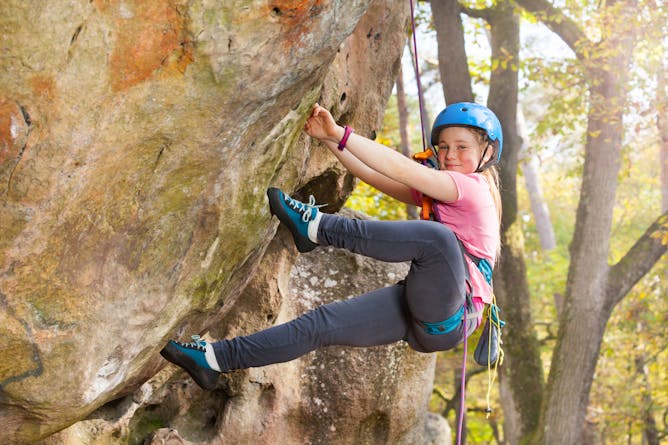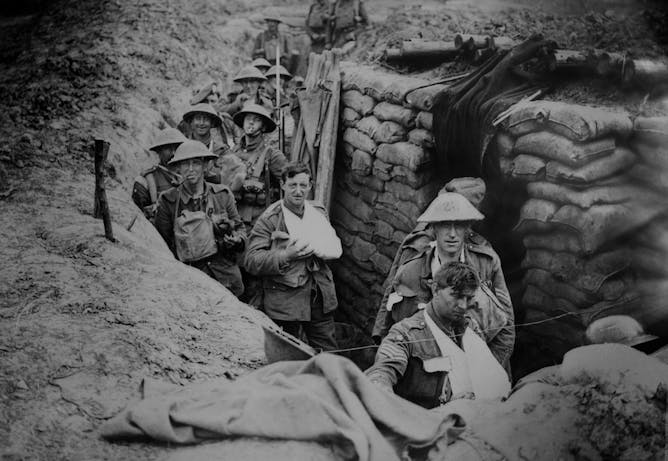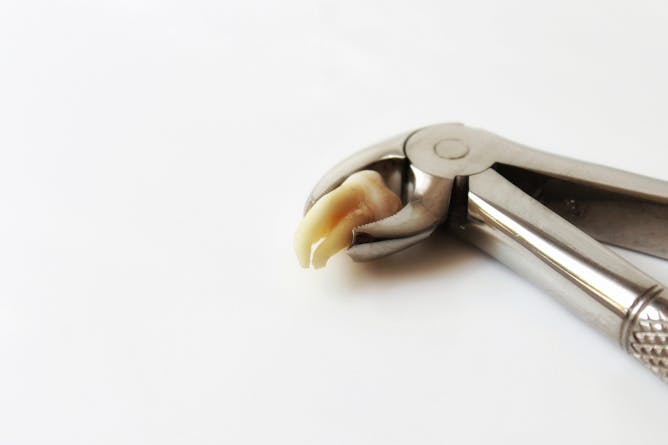|
A few years ago, a pod of belugas in the St. Lawrence estuary adopted a lost narwhal. The story resurfaced this fall, and it left me wondering how common it was for one species to take care of another and why it would bother at all. Today, Erin Siracusa from the University of Guelph runs through some reasons, looking to red squirrels and elephant seals for answers.
Nature may be the key to getting women and girls to exercise, according to Rebecca Spencer and Sara FL Kirk from Dalhousie University. Being outside gave women and young girls the confidence, safety and comfort they needed to navigate the complex gender norms around physical activity.
Have you had your wisdom teeth pulled? People love to share their wisdom teeth stories with Julia Boughner from the University of Saskatchewan. She studies the evolution and development of faces and teeth in humans and other animals, and she has some answers as to why we have them.
Straight, gleaming teeth, meantime, have become a social norm, and people are willing to pay for them. Catherine Carstairs at the University of Guelph and Melissa Micu at Concordia University explain how orthodontics become such a thriving business.
Finally, we have a personal story from Robert France of Dalhousie University about his pilgrimage to walk the entire length of the Western Front, from the Swiss border to the English Channel, to bear witness to the millions of lives lost during the First World War.
Five compelling weekend reads for you to enjoy.
|

A narwhal is spotted swimming with a group of belugas in the St. Lawrence.
Research and Education group on Marine Mammals
Erin Siracusa, University of Guelph
What can the story of a lost narwhal and his beluga family tell us about interspecies adoptions?
|

Getting enough physical activity can be challenging for women and girls, because they have to negotiate complex gender roles, stereotypes and cultural narratives about the body.
(Shutterstock)
Rebecca Spencer, Dalhousie University; Sara FL Kirk, Dalhousie University
Women and adolescent girls say that being outdoors in nature offers opportunities to gain confidence in physical activity.
|

A scholar takes a pilgrimage of the Western Front to try to comprehend the loss of lives of the First World War. Here British soldiers in a battlefield trench, c. 1915-1918.
Shutterstock
Robert France, Dalhousie University
From the Swiss border to the English channel, a scholar describes his pilgrimage of the Western Front as a tribute to fallen soldiers and to learn more about the devastating loss of life.
|

Canadian orthoodontists were able to sell braces and other orthodental procedures by promising patients better lives with better teeth.
(Shutterstock)
Catherine Carstairs, University of Guelph; Melissa Micu, Concordia University
Why do Canadians have such straight white teeth? The story is in the marketing of orthodontics in Canada.
|

The surgical removal of wisdom teeth is far more common than the problems they cause.
(Pixabay)
Julia Boughner, University of Saskatchewan
When they cause problems, wisdom teeth don't seem very smart. But they may have been evolution's answer to a coarse diet.
|
Business + Economy
|
-
Elizabeth C. Tippett, University of Oregon
After a year of headlines and ousted CEOs, Congress has yet to pass a single piece of legislation on sexual harassment – let alone hold a hearing. That will change come January.
|
|
Education
|
-
Anita Collins, University of Canberra; Misty Adoniou, University of Canberra
Learning music in the early years of schooling can help children learn to read.
|
|
Politics
|
-
Jennifer Mathers, Aberystwyth University
Several states now have their first female senator and more than 100 women will enter the House of Representatives.
|
|